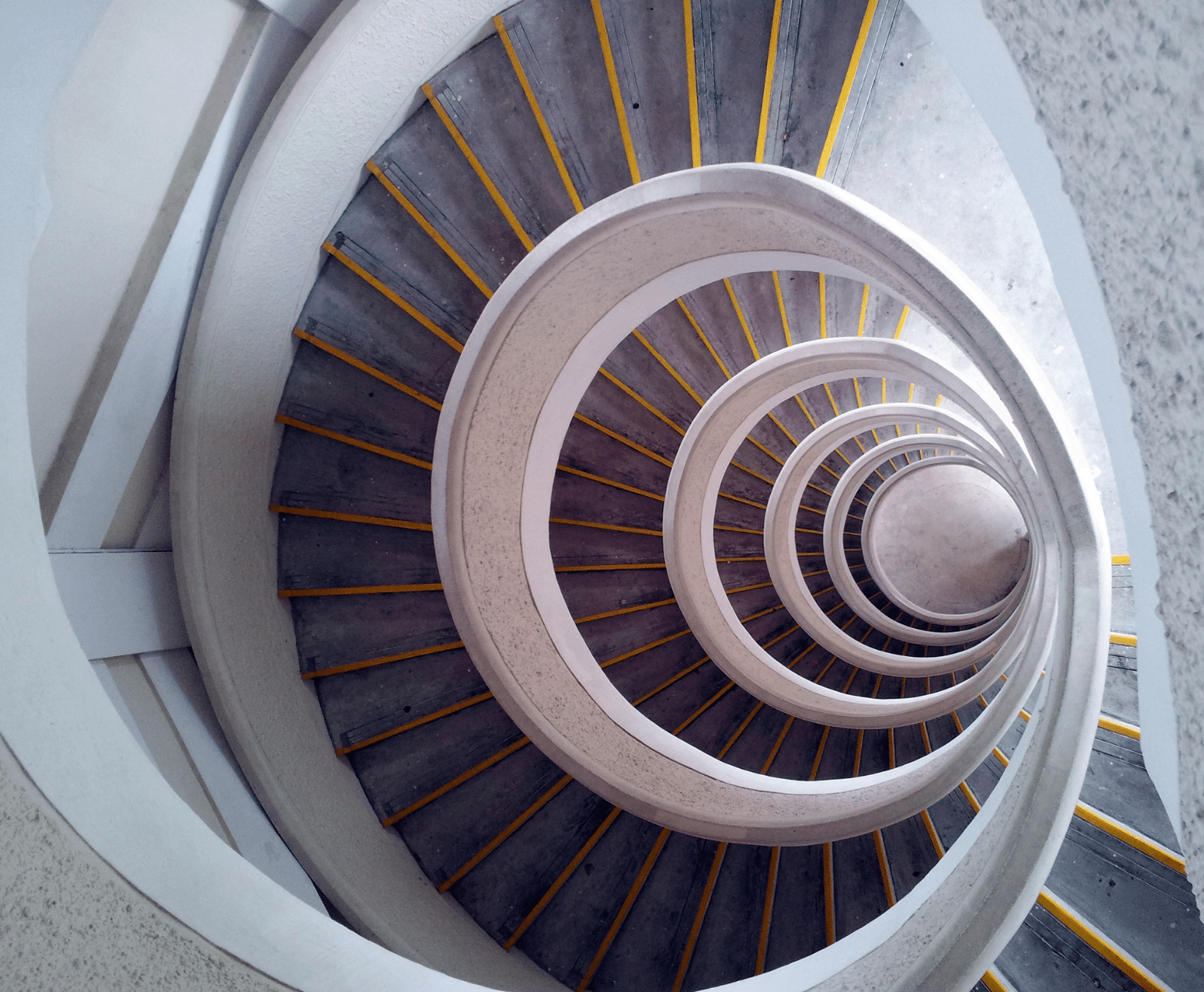In the ever-evolving landscape of personal and organizational resilience, progress isn’t just about acquiring knowledge or advancing along a fixed set of maturity steps; it’s about adapting and thriving in a rapidly changing world.
Flywheels or learning loops are a great metaphor for the concept of building organizational resilience. Resilience isn’t about achieving a static level of maturity; it’s an ongoing, dynamic, virtuous cycle.
Flywheels represent this perpetual cycle of energy and adaptation, allowing organizations to maintain momentum and respond flexibly to unforeseen challenges. Unlike maturity stages, which can create a sense of completion once reached, flywheels promote a culture of continuous improvement and readiness for whatever comes next, making them a more fitting model for the ever-changing landscape of organizational resilience.
Two well-known flywheels in the realm of the continuous cycle of learning are single-loop and double-loop learning. Single-loop and double-loop learning are concepts introduced by organizational theorist Chris Argyris. They describe different levels of learning and adaptation within organizations.
Single-loop learning involves making incremental adjustments within existing systems to correct errors or improve performance, while double-loop learning delves deeper, challenging and revising the underlying assumptions and beliefs guiding actions. This framework has had a profound impact on how organizations approach problem-solving and adaptation, emphasizing the importance of not only addressing symptoms but also questioning the root causes of issues.

Single-Loop Learning: The “What” of Problem-Solving
Single-loop learning is often referred to as “correcting errors” or “making improvements.” It’s about identifying and rectifying issues within existing systems, processes, or strategies. This type of learning is vital for fine-tuning and optimization, but it doesn’t question the underlying assumptions or beliefs that drive decisions. It’s the “what” of problem-solving.
Example:
Imagine a manufacturing company experiencing delays in production due to an equipment breakdown. Single-loop learning would involve identifying the specific causes of these breakdowns and implementing maintenance schedules, training programs, or equipment upgrades to reduce downtime. It’s a valuable approach that addresses immediate issues and improves efficiency.
Characteristics of Single-Loop Learning:
- Problem-solving within existing frameworks: Single-loop learning operates within established systems and processes.
- Efficiency-focused: It aims to optimize current practices without challenging their foundations.
- Tactical: It addresses specific problems or challenges.
While single-loop learning is essential for operational efficiency, it may not be sufficient in environments characterized by rapid change and uncertainty.

Double-Loop Learning: The “Why” of Transformation
Double-loop learning, on the other hand, delves deeper into the learning process. It’s often described as “learning how to learn” because it doesn’t just correct errors; it questions and revises the underlying assumptions and beliefs that guide actions. Double-loop learning is about transformation and adaptation. It’s the “why” of problem-solving.
Example:
Consider an organization facing declining market share due to shortages of a key component. In a double-loop learning approach, leaders wouldn’t just focus on short-term fixes like finding an alternate supplier. They would question the assumptions about their market strategy, customer needs, and industry trends. This introspection might lead to a complete overhaul of the products and services they are offering, the design of the product, business model, or a shift in the organization’s strategy.
Characteristics of Double-Loop Learning:
- Deeper reflection: Double-loop learning involves questioning the fundamental principles and beliefs that guide actions.
- Transformational: It can lead to significant changes in strategies, processes, or even organizational culture.
- Strategic: It addresses the “why” behind decisions, paving the way for long-term adaptability.
Double-loop learning is particularly valuable in dynamic and uncertain environments, where rigid adherence to existing practices may hinder growth and innovation.
The Power of Integrating Single and Double-Loop Learning
The distinction between single and double-loop learning is not a strict dichotomy. In reality, these two forms of learning complement each other, forming a powerful learning ecosystem. Here’s how they can work together:
- Diagnosis and Correction: Begin with single-loop learning to address immediate issues and inefficiencies. This provides short-term stability and improvements.
- Reflect and Question: Follow up with double-loop learning to question the underlying assumptions that led to the initial problems. This promotes deeper understanding and long-term adaptability.
- Continuous Cycle: Establish a continuous cycle of learning that incorporates both single and double-loop learning. This ensures that as issues arise and are resolved, they are also subjected to deeper examination.
By embracing this integrated approach, individuals and organizations can navigate the complexities of the modern world more effectively. They become not only problem-solvers but also adaptive thinkers capable of continuous growth and innovation.
Continuous Learning: The Flywheel for Navigating the Future
In the pursuit of personal and organizational resilience, it’s essential to recognize the value of both single and double-loop learning. Single-loop learning corrects errors and optimizes processes, while double-loop learning challenges fundamental assumptions and drives transformation.
The integration of these approaches fosters a culture of continuous learning and growth. It empowers individuals and organizations to be not just problem-solvers but also adaptive thinkers capable of embracing change and navigating the complexities of the modern world. As the flywheel gains momentum, it becomes a self-reinforcing cycle that propels us forward, making us better prepared to face whatever challenges the future holds. In this ever-changing landscape, continuous learning isn’t just an advantage; it’s the flywheel that keeps us moving forward in an ever-changing world.
Interested in how iluminr can help you create a flywheel of learning and resilience at your organization? Visit us at iluminr.io and stay tuned for an exciting announcement this upcoming week about the future of learning and resilience. In the meantime, save your seat for our upcoming webinar on Playing for Change: The Transformative Power of Games.
Author:
Paula Fontana
VP of Global Marketing
iluminr

















